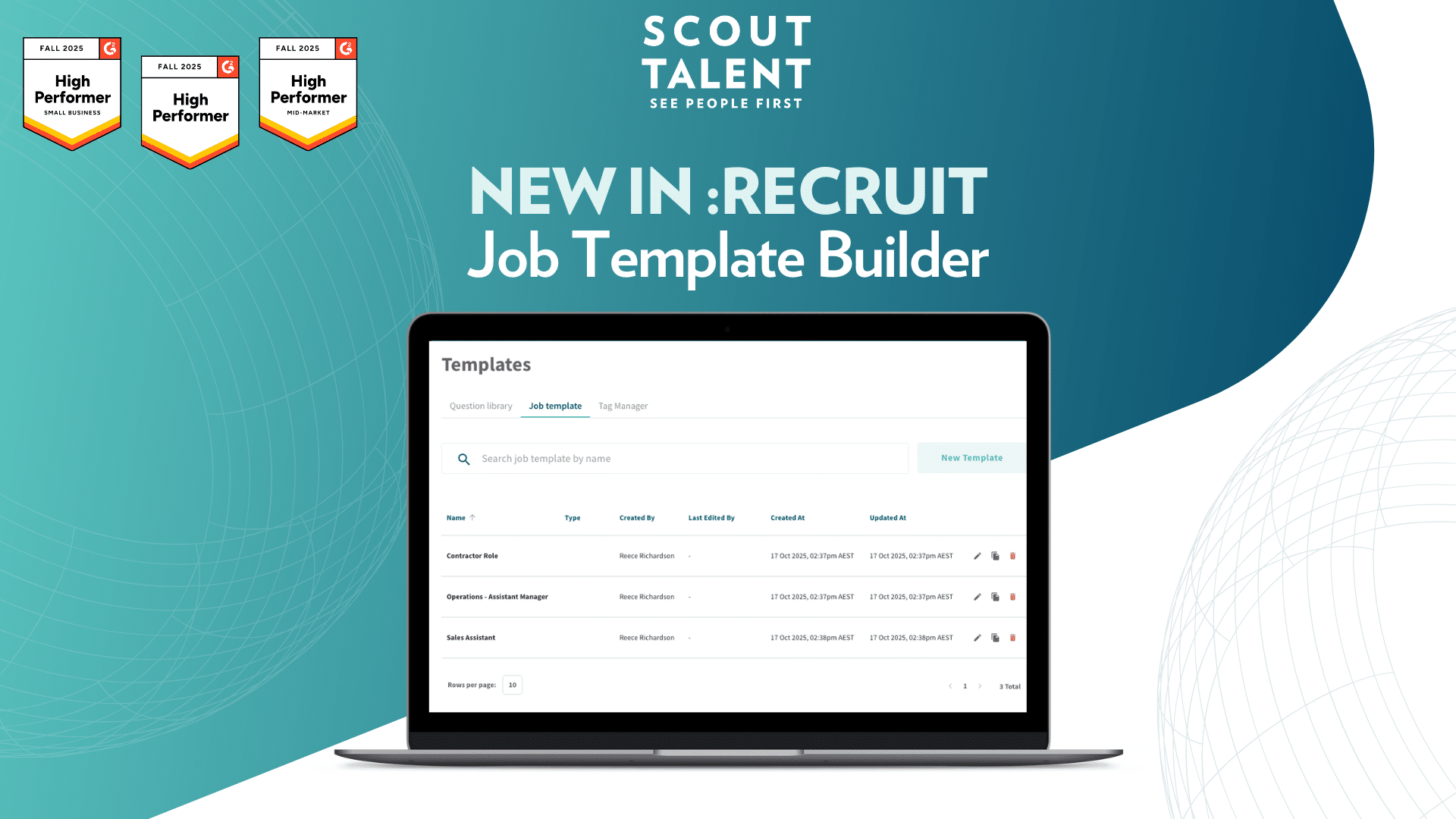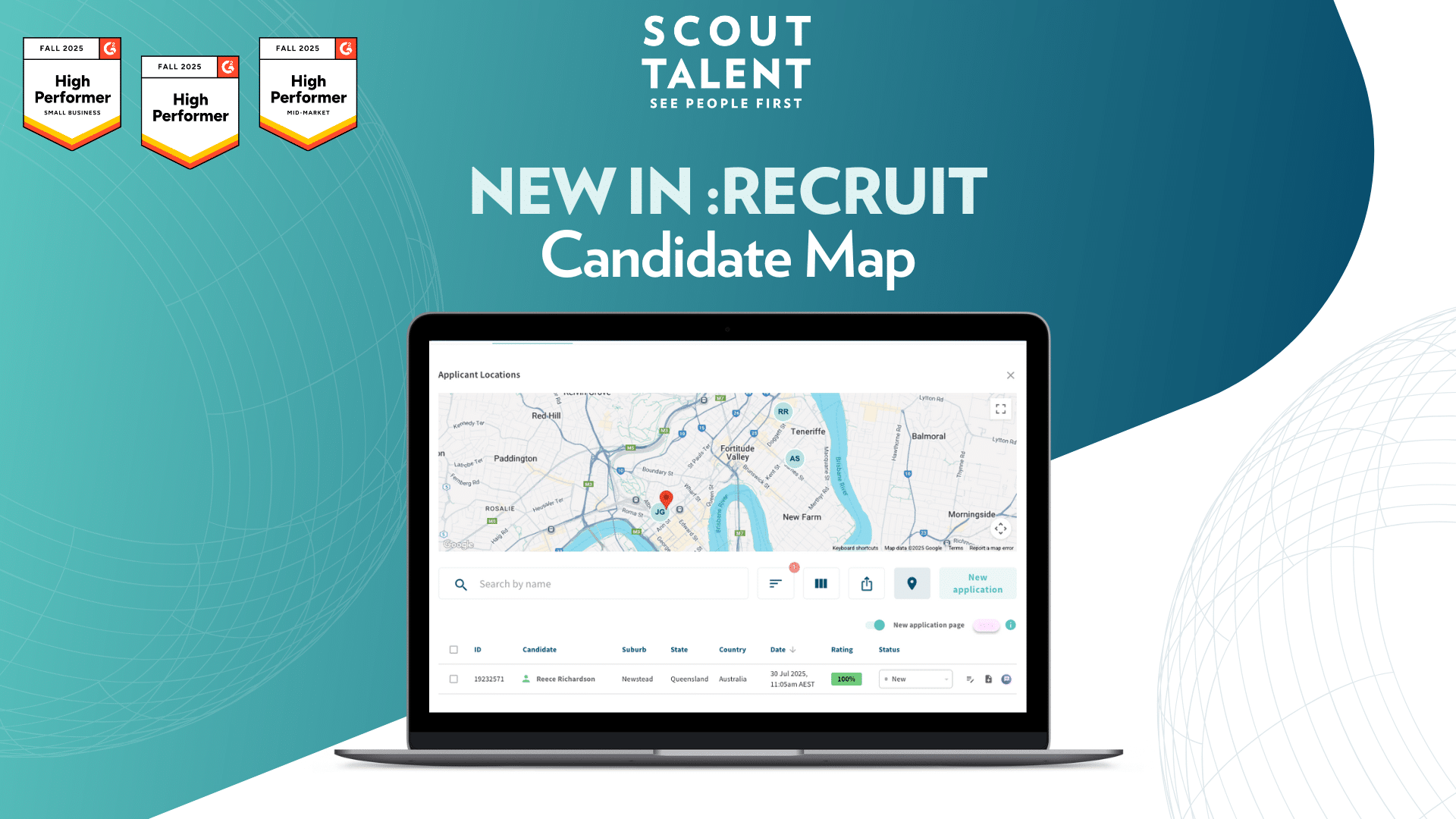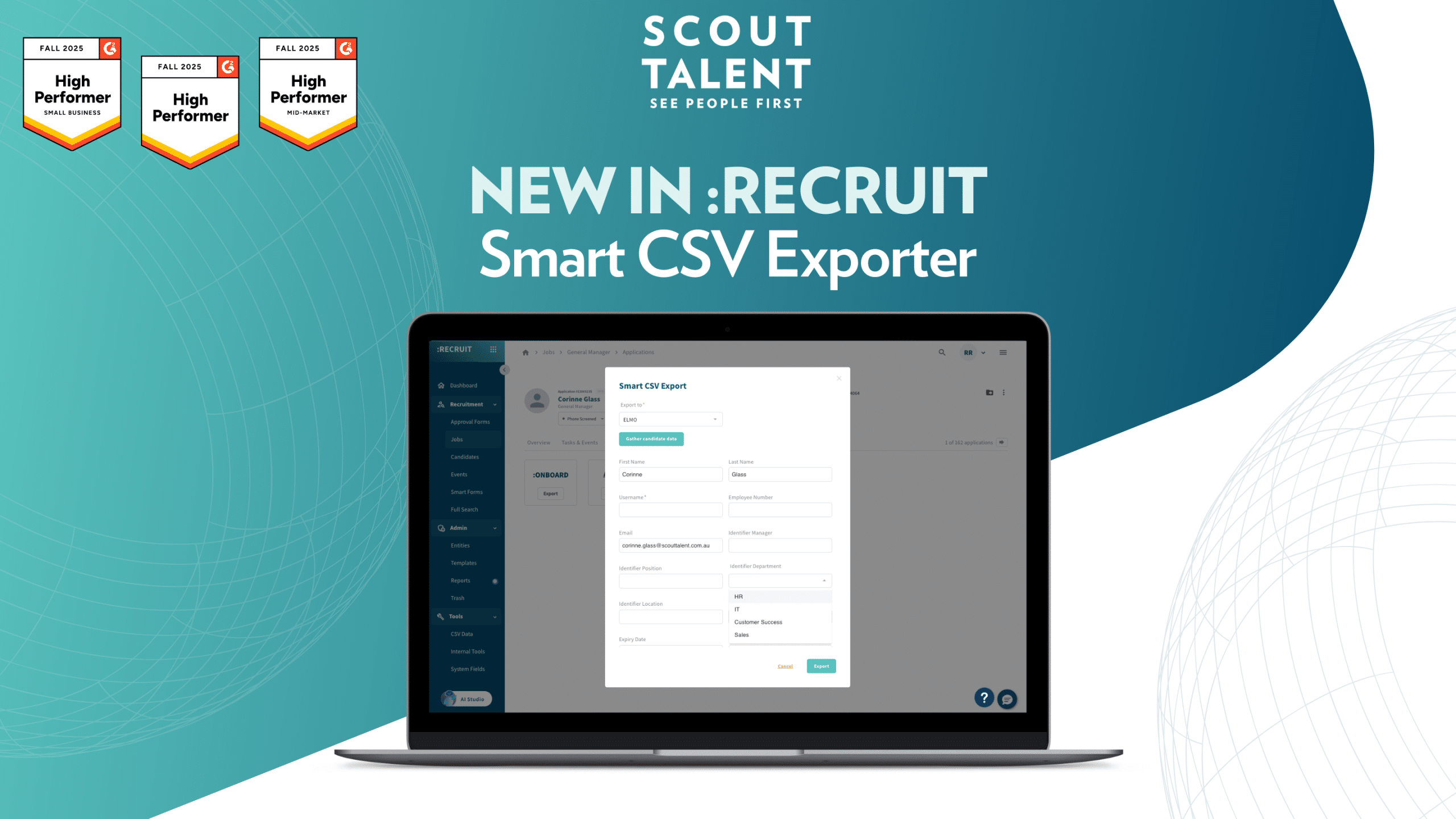In the ever-changing climate of global events, the way we work is evolving and the hybrid-work model is concreting its popularity among employees and employers. The trending shift to a mix of remote work and office work means that many organizations have adapted to stay in step with the times, using learning management systems (LMS) to provide a consistent approach to learning through eLearning.
Besides its adaptability, there are many benefits to eLearning, including increased hiring opportunities, lateral growth and upskilling of current staff, and better retention rates. If you’re considering a shift to eLearning for your organization, read on to learn more about its benefits.
Increased hiring opportunities
One of the biggest changes we have seen from the rise in remote work is that we are now less restrained by location when hiring and onboarding new staff. Where previously you could miss out on a star candidate because they could not get to your office, it is now perfectly possible to hire that candidate thanks to the software and processes that make remote work possible.
Just as you can conduct interviews over Zoom and exchange contracts via email, you can also onboard your new hires via eLearning. Using an LMS that encompasses your organization’s needs—likely orientation, safety and compliance, and introductory courses on how to navigate your systems—ensures that you have more opportunities to not only hire the right talent but virtually onboard them effectively.
Lateral growth and upskilling through eLearning
Sometimes the answer to a gap in the talent acquisition market is already in your organization. Your current staff who may want to make a lateral move within your organization have the benefit of already knowing the ins and outs of your workplace, so you can capitalize on this by either preparing them for the role shift or upskilling them through eLearning.
The right LMS for you will have a wealth of courses that will help you elevate your staff’s skills and competencies. So whether you are helping an employee grow within your organization or planning for the future with your current staff through eLearning, an LMS can help you achieve your organization’s scaling goals—and take your best staff with you as you grow.
Better retention rates
One of the biggest complaints from employees around onboarding is that it’s not done very well, if at all. Add into the mix that eLearning is a relatively new concept and, if you’re not prepared to handle it well, you have a recipe for disaster. In fact, research from Brandon Hall Group shows that an effective onboarding process can increase new hire retention by 82 percent!
It makes sense, then, that investing in a great LMS will bring long-term improvements to your retention rates. When you ensure your new hires receive structured learning pathways and eLearning courses tailored to their roles, they will feel more prepared for and more engaged with the work they do. Using an LMS will mean that regardless of your new starters’ location, they will get a world-class learning experience.
How to choose the right eLearning software for your organization
As we have established, there are a variety of training types available to engage employees, including orientation, safety, onboarding, and upskilling. You can modulate all training types to an eLearning format if you have dynamic training software to support you. But, with so many on the market, it is hard to decide which one is right for you.
While every organization’s needs vary and there’s no one size fits all when it comes to an LMS, there are things to look out for when narrowing down your choices.
Quality content
It goes without saying that the most important part of eLearning is high-quality content. When shopping around for an LMS, review the available courses on each LMS: which ones offer courses that are relevant, comprehensive, and intuitive for your organization? Our LMS, Scout Learning, has a vast training library of over 80,000 training courses and the option to create customized onboarding programs. So, you are bound to find a course that fits your organization and employees’ needs.
Cross-device functionality
Another important consideration for eLearning is to ensure your employees’ device types don’t restrict their ability to learn on your chosen LMS. While it is ideal for your employees to have access to a working computer while they work remotely, there may be days when they only have access to—or prefer to complete their training on—a tablet or mobile phone.
This is where an LMS with cross-device functionality, like Scout Learning, comes in handy. By increasing the accessibility of your eLearning courses, your employees are more likely to complete their assigned training and stay suitably skilled for their work.
Flexible pricing models
You may find that the first LMS you choose is not a suitable fit long term. Alternatively, it could be the perfect LMS for your organization’s needs, but you may be paying for full functionality when you only use some of its features.
In this case, it helps to go with an LMS with a flexible pricing model. Be sure to enquire with your provider if there is an option for your organization to invest in that only includes certain features or can be paid month to month.
The best way to figure out if an LMS and its eLearning materials are right for your organization is to test it out. Most LMS providers will offer a demo so you can see the functionality and usability of the system, as well as explore its content library to ensure it has the resources you’re looking for. Conducting a demo before committing to a system is essential to ensuring your investment reaps long-term benefits.
If you would like to get started on an LMS with a vast learning library, cross-device functionality, and flexible pricing models, reach out to us for a demo on Scout Learning




